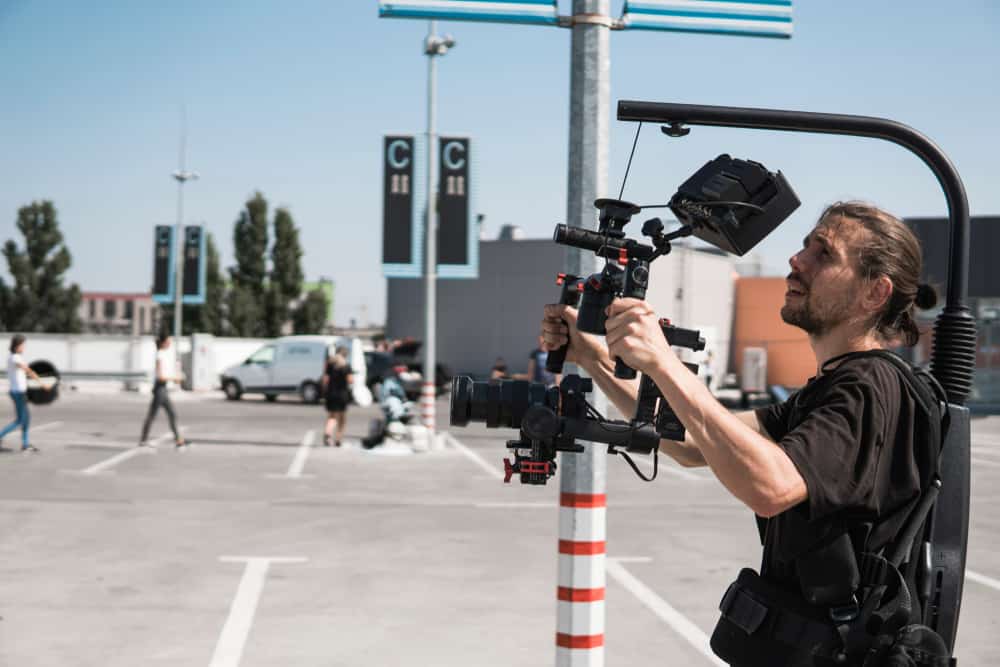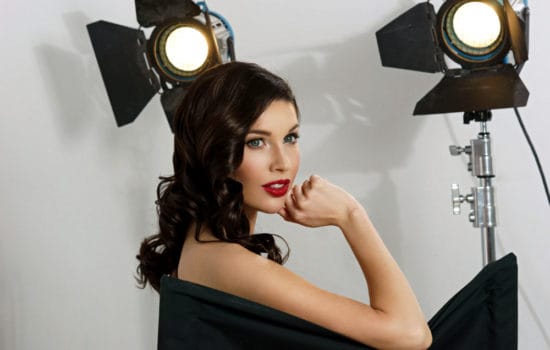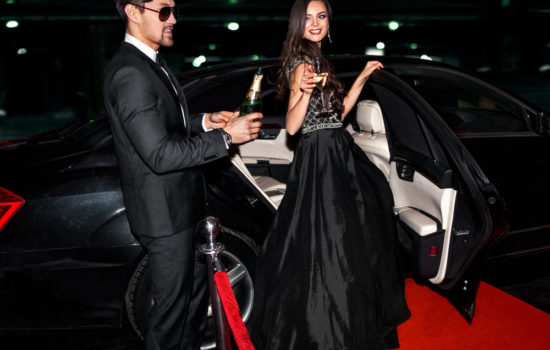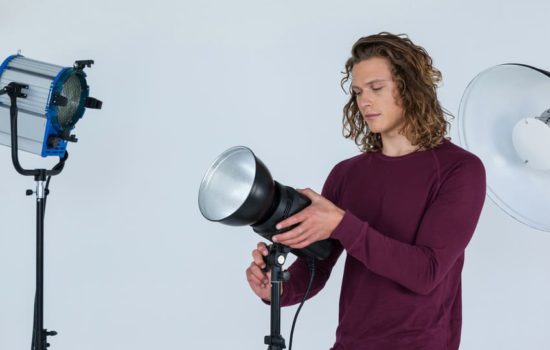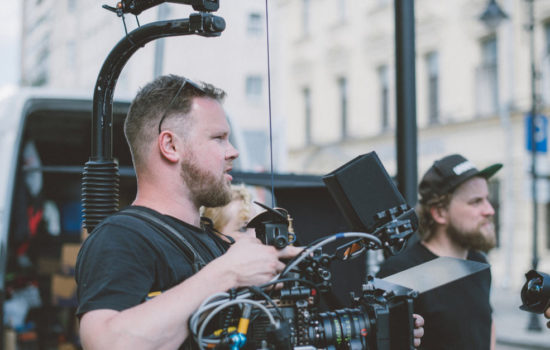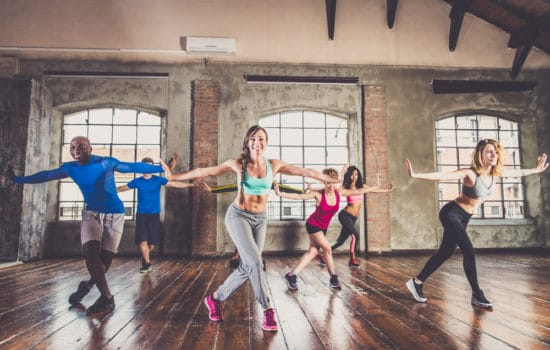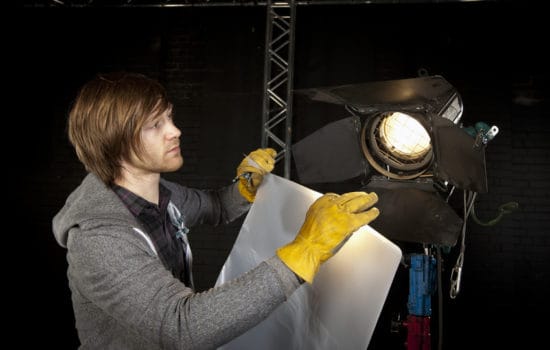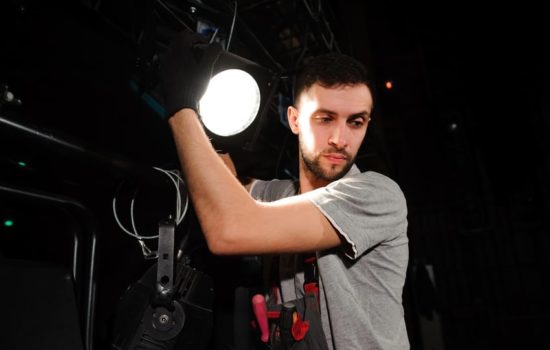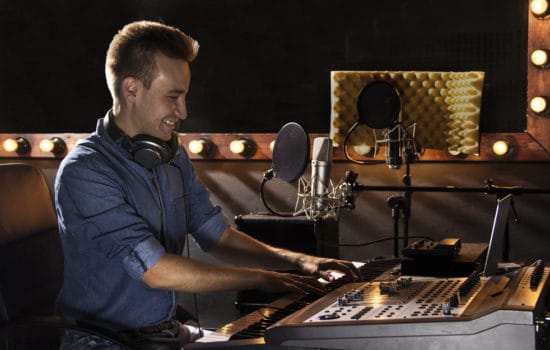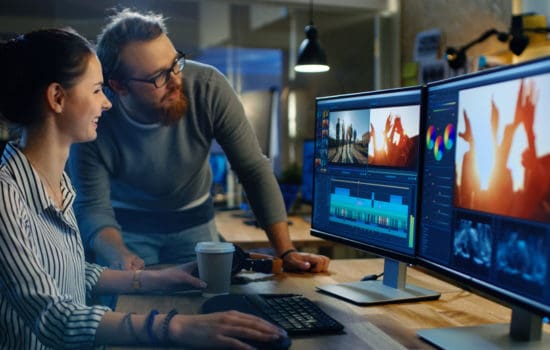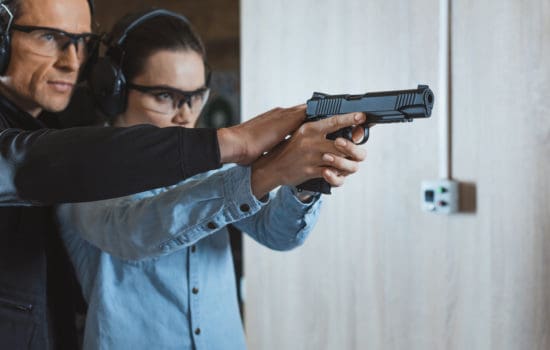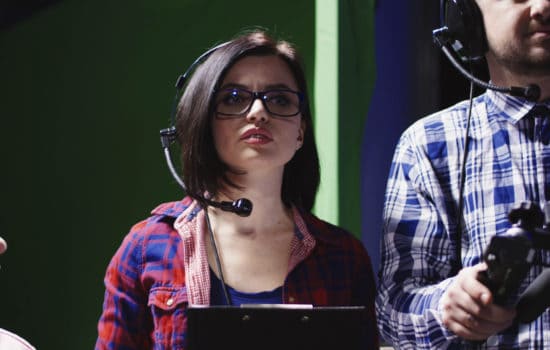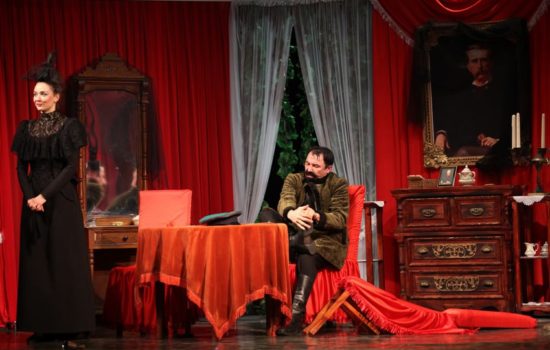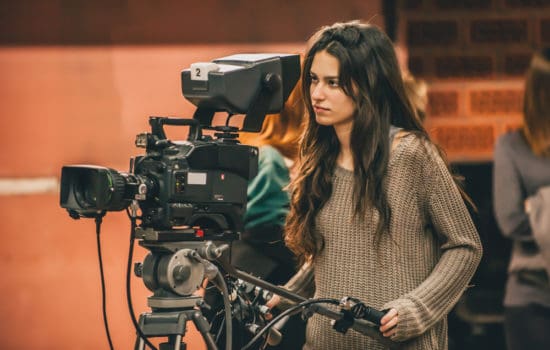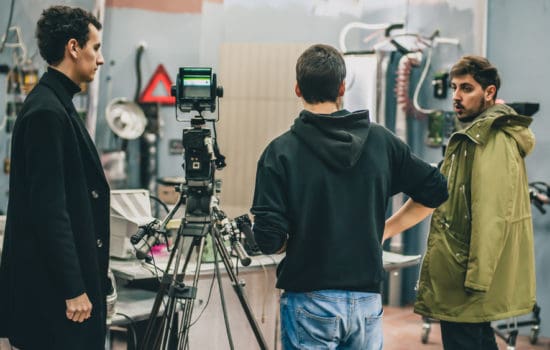If shots and sounds are the building blocks of a film (or TV show these days), film techniques are the way you creatively approach and compile these shots and sounds to make a movie.
The very first films were just one long shot without sound. They’d just mount the camera on a tripod and the Actors would act in front of it, very much like a play.
Imagine that! It wasn’t long before they discovered techniques to make films more interesting. One of the first techniques to emerge was editing. Robert W. Paul’s Come Along Do was one of the first films to use more than one shot. And what a difference editing made. Suddenly, the Director could manipulate the viewer’s eye and have more control over the visual story.
What are some film techniques? Essential film techniques include:
- Camera lighting
- Shot composition
- Camera movement
- Editing
- Sound
The whole idea of using techniques (and not just turning the camera on and capturing stuff randomly) is to keep the audience engaged and following the story. Although there are techniques that can be found in all films, such as editing and camera moves, as you become more familiar with filmmaking you will see how various Directors employ different techniques to tell a story their way.
Just like Writers, Directors also have a “voice” and the techniques they use inform that voice. For example, if you look at a film by Quentin Tarantino and compare it to a film by Wes Anderson, you can easily distinguish their voice by the way they employ the “tricks of the trade.”
There are a ton of film techniques to explore. If you are just starting out, it can be overwhelming, but you have to start somewhere. As you begin to experiment with filmmaking, you will probably discover that you gravitate toward a particular skill and can start to focus on mastering the techniques of that skill.
Lighting plays a big role in the look and feel of a film. Consider, for example, a horror film and how dark and creepy the images are compared to a bright romantic comedy. When it comes to basic lighting techniques, three-point lighting is the best place to start to begin to understand how to light a subject.
The elements of three-point lighting are the key light, the fill light, and the back light. The key light is your main light. It is placed on one side of the camera and shines light on one side of the subject, leaving part of the subject in some shadow. The fill light is placed on the other side of the camera to fill in the shadows.
You can play with the distance to make it softer or harsher, depending on the look you are trying to achieve. The back light is set behind the subject to create highlights and to separate the subject from the background.
In order to start playing with composition, it will help to know the different kinds of shots in a film, so if you to need to brush-up. Once you have that under your belt, you can start exploring composition techniques.
One of the most popular shot composition techniques is the rule of thirds. This rule divides the frame into a grid of nine squares. If you have an iPhone, in your settings you can turn on a grid that puts an overlay on top of your phone screen. This is a great way to play with this technique.
To use the rules of thirds, the subject of your shot should land on a grid line or intersection to create a more balanced shot. As you experiment with this technique, you will see how using it the right way can lead the eye.
Another technique and a way to direct the eye is by using leading lines. Leading lines require you to find lines in the environment that could lead the viewer’s eyes to the subject, such as power lines, paths, or bridges.
What are the 8 core elements of film?
Anna Keizer (CareersInFilm)
Film is comprised of multiple elements that together make up this dynamic artform. The most prominent of these elements include:
- Camera angles
- Color
- Editing
- Film type (or genre)
- Lighting
- Mise-en-scène
- Shots
- Sound/audio
Camera movement is another film technique that can be used to elicit emotion or bring focus to a part of the visual story. A film can be shot on a tripod and be quiet and still, but there are other dynamic techniques to play with. If you are interested in creating something edgy and intimate, you might consider going handheld, but if you are interested in something more grounded and subtle you can use more traditional camera moves.
The most popular camera moves are the zoom, the push-in, the pan, and the tilt. How and when you use these will depend on what you are trying to emote or what information you want to reveal, which you will understand through practice and watching films.
Let’s look at each: A zoom is when the camera stays in one place and the lens is manipulated to frame tighter or wider around the subject. When you zoom-in you start wide and end close, when you zoom-out, you start close and end wide. This can be a way to reveal new information without moving the camera or to punctuate an emotional moment.
A push-in is similar to a zoom, except the camera moves (on a dolly or a Steadicam) toward the subject or away from a subject to achieve a similar effect.
A pan is when the camera moves horizontally across a shot from either left or right. You might use a pan to reveal visual information or you can use a pan to follow characters from one part of the room to a next.
A tilt is the same as a pan but it is a vertical move, so you can start on someone’s shoes and tilt-up to the expression on their face.
Why do Directors use film techniques?
Anna Keizer (CareersInFilm)
Film techniques are essential to telling a compelling story. Though a movie can in theory be told without a film score or deliberate lighting, the inclusion of these techniques typically make for a story that audiences can more easily follow and invest in.
When making edits, choose your cuts based on performance and avoid cutting too often. For emotional moments, you will likely be in a close-up and you want to consider what is more important – the person talking or the person listening.
Cuts should be seamless and should highlight the emotional story. Another technique is to cut on action – when someone moves, or a door closes, or the camera moves. This helps with pacing and flow.
Other techniques you can employ to amp up your storytelling or even problem-solve when things aren’t working with traditional edits, is to create a montage, or intercut. A montage can be a series of scenes cut together to compress time, but they can also be used within a scene to add energy or change pacing, like someone cleaning the house or packing to go on a trip.
Inter cutting would be to take these two scenes and bounce between them to suggest that they are happening at the same time or to play with time and space.
Another technique is the pre-lap. You can pre-lap dialog or you can pre-lap sounds. It’s a great transition tool to take us out of one scene into the next. Pre-lapping sound is to hear something before you see it.
For example, if a scene ending is a student closing her textbook in her dorm room, we could hear the sound of the tardy bell on campus as we linger on her. You can also pre-lap dialog over an establishing shot. There are many ways to use this technique and it is a great way to adjust the pacing of a film.
How do you identify film techniques?
Anna Keizer (CareersInFilm)
If a Director, Cinematographer, or Editor does their job well, you may not notice the techniques behind their work. That being said, film techniques can be studied and critiqued by the viewer who makes a conscientious choice to focus on the cinematography or editing instead of just following along with the story being told.
The most popular film sound techniques are sound effects and music score, however, there are a couple of “less cool” techniques that beginners should adopt to have great sound.
When you are in production, make sure you record sound even when there is no dialog (with a few exceptions). There is a misconception that sound effects are added to a film later so some people think they can roll camera without rolling sound. Though many effects are added later, ordinary sounds like feet walking or leaves blowing in the wind can be difficult to add down the line.
Most professional productions do use some foley, a post-production technique to add sound later, but these sounds are recorded in special stages with professionals and integrated into the film by Sound Editors. If you want your film to sound and feel authentic, there’s nothing better than the real thing. Try to record ambient sound and pick up sounds like motors starting or running water on set.
Another technique that can be employed in post-production is ADR, Automated Dialog Replacement. This is a technique that involves bringing an Actor into a studio and recording dialog that may have gotten botched in production. Another use for ADR is to put new words into an Actor’s mouth. This can be done on an over the shoulder shot or if the dialog is close enough, it can be adjusted to the movement of the Actor’s voice.
This is a great tool if information isn’t clear in the storytelling, or even if you think the performance could be better.
Once you get a grasp of the basics I encourage you to check out more advanced filmmaking techniques. We didn’t even touch upon VFX! The landscape of filmmaking is ever-changing and new techniques are born every day — many of them discovered by filmmakers like you who started experimenting with cameras, lights and sounds. What can you experiment with? Maybe you’ll discover the next cool thing!
Fun Fact: Ben Burtt who created the sounds in Star Wars, like the lightsaber and Chewbacca’s voice, started playing with sounds as a teenager, using just tape machines.
